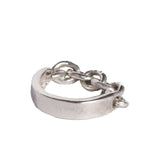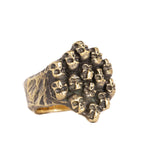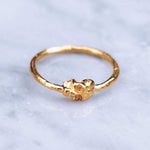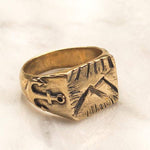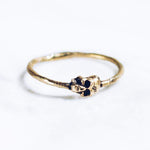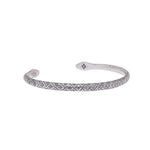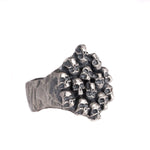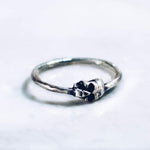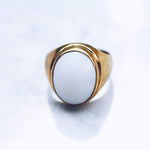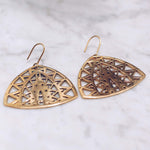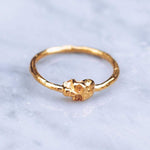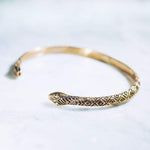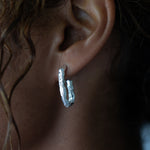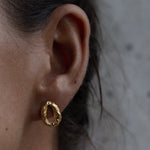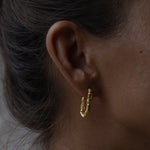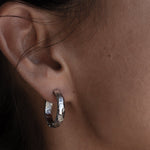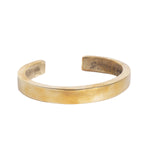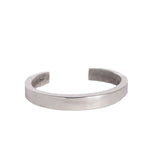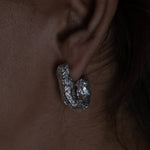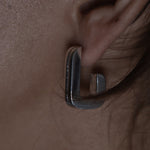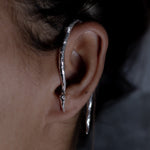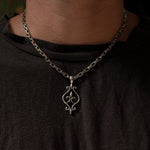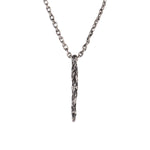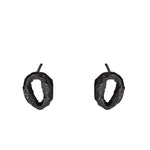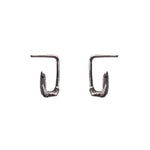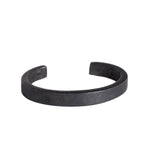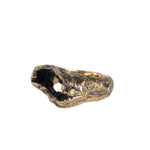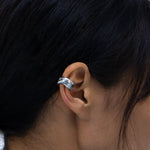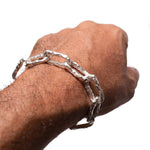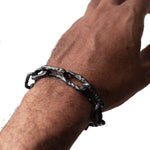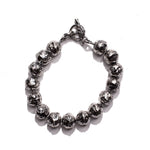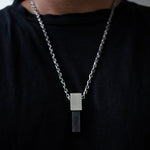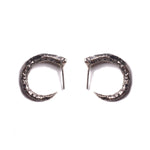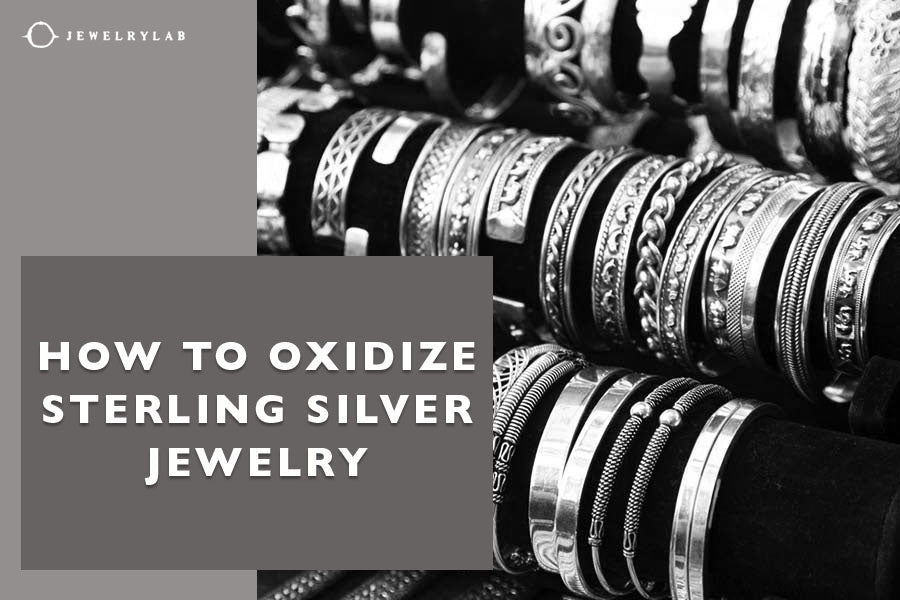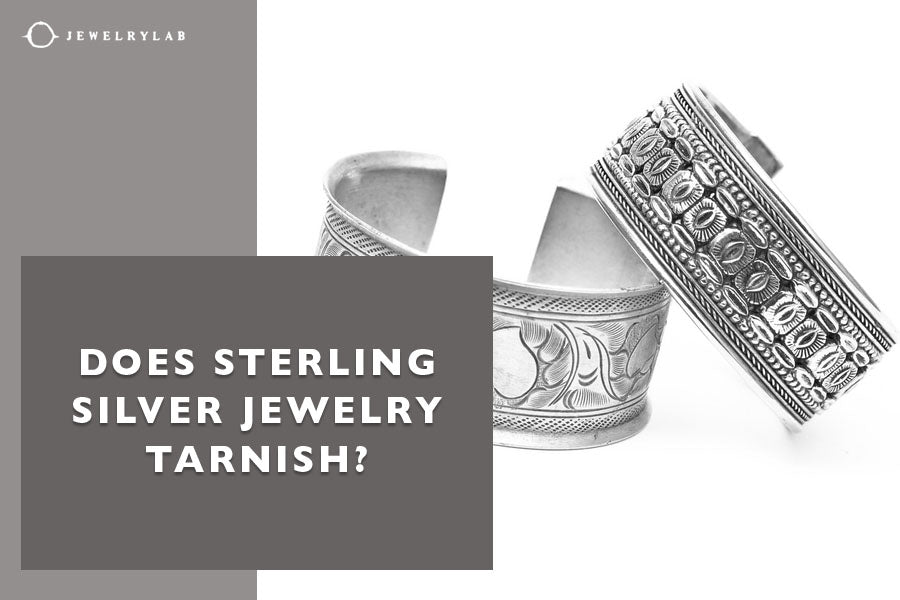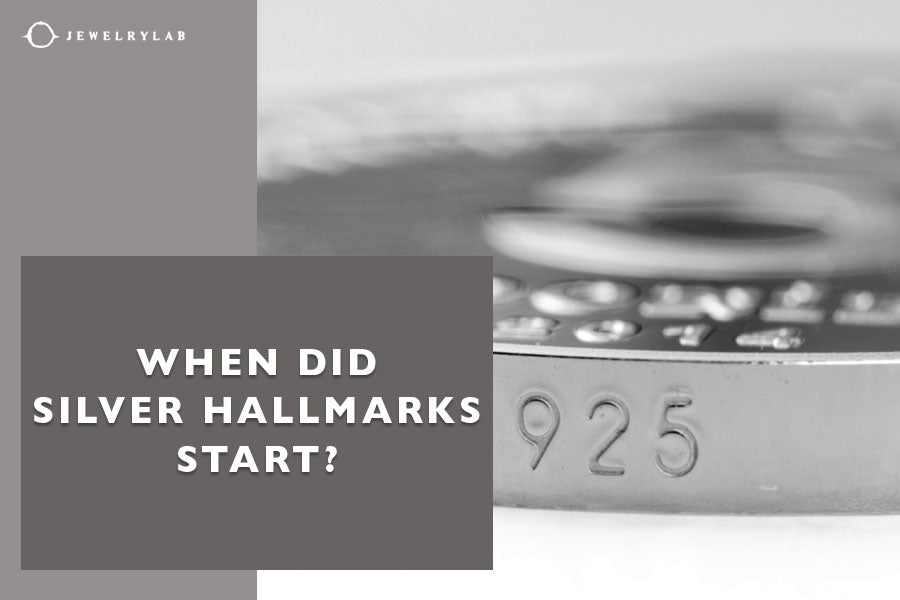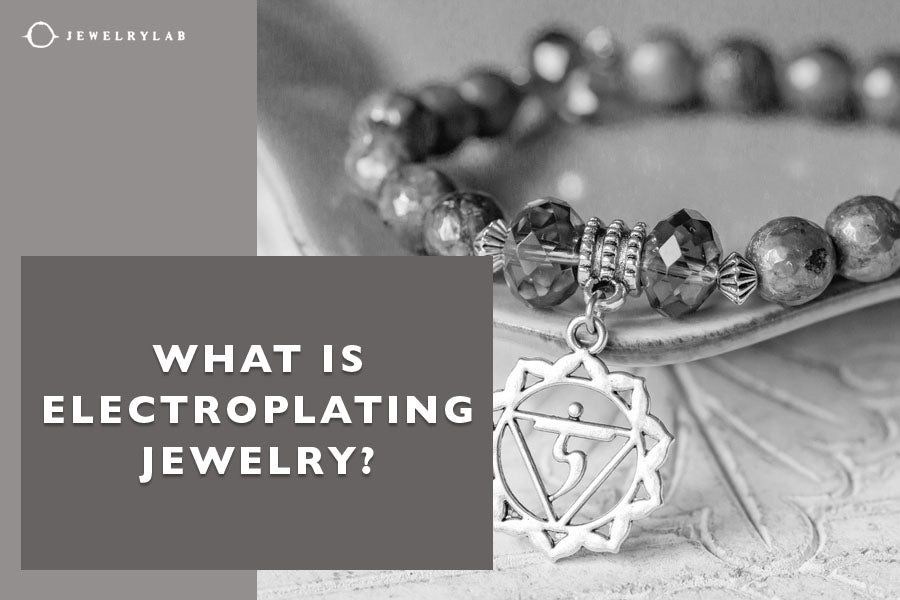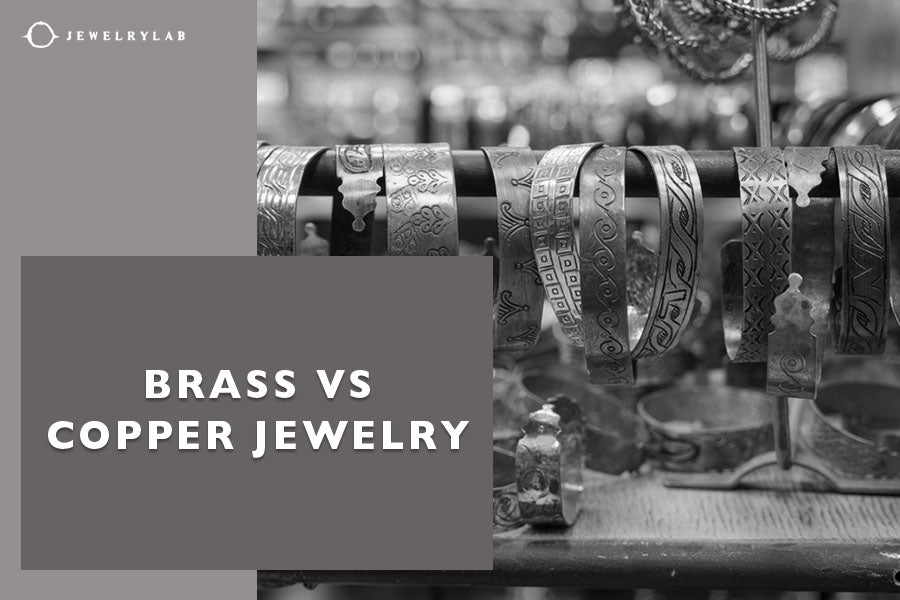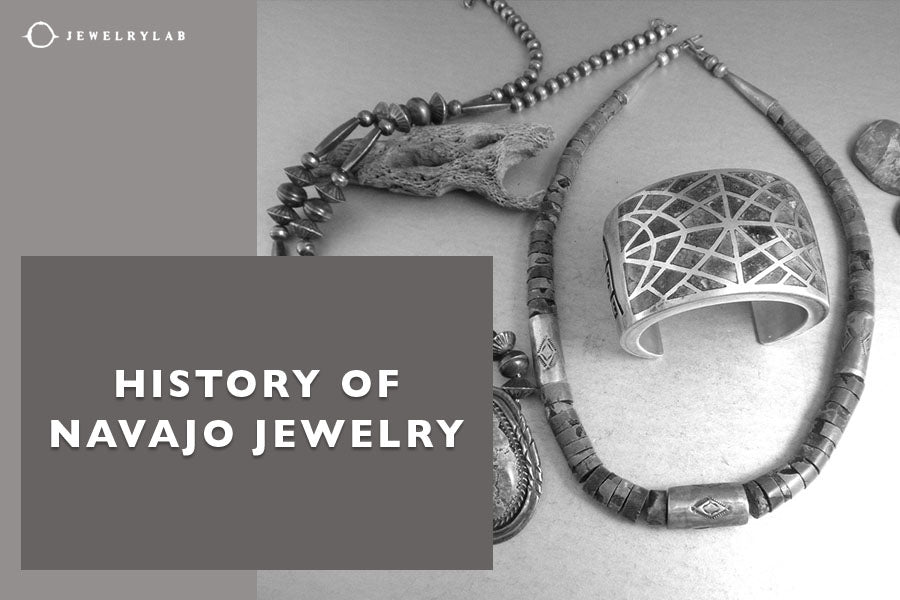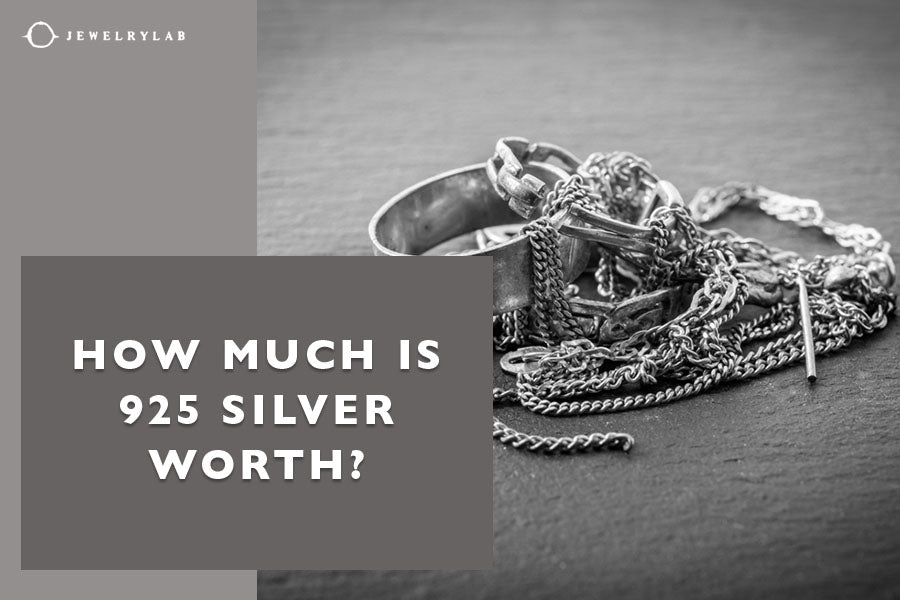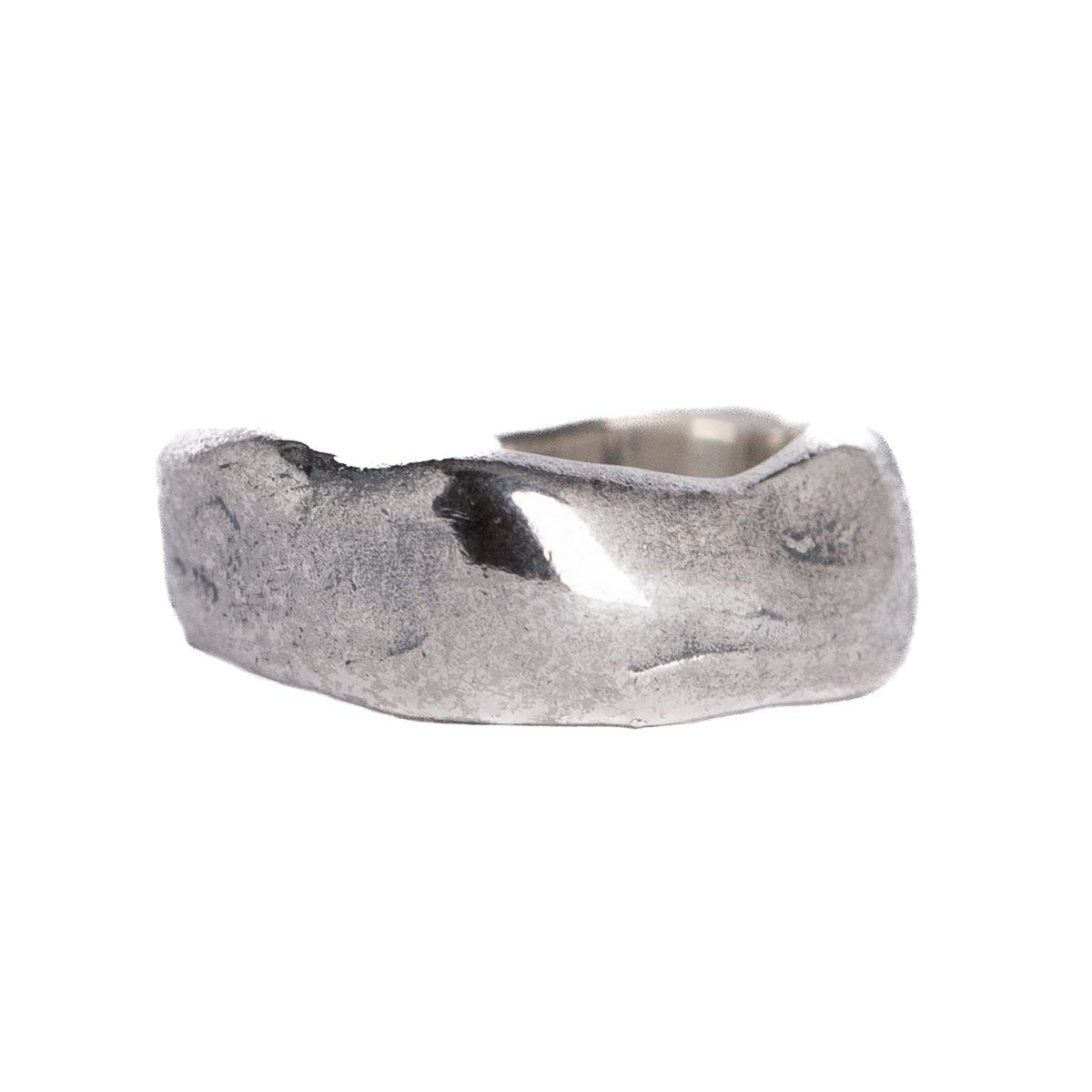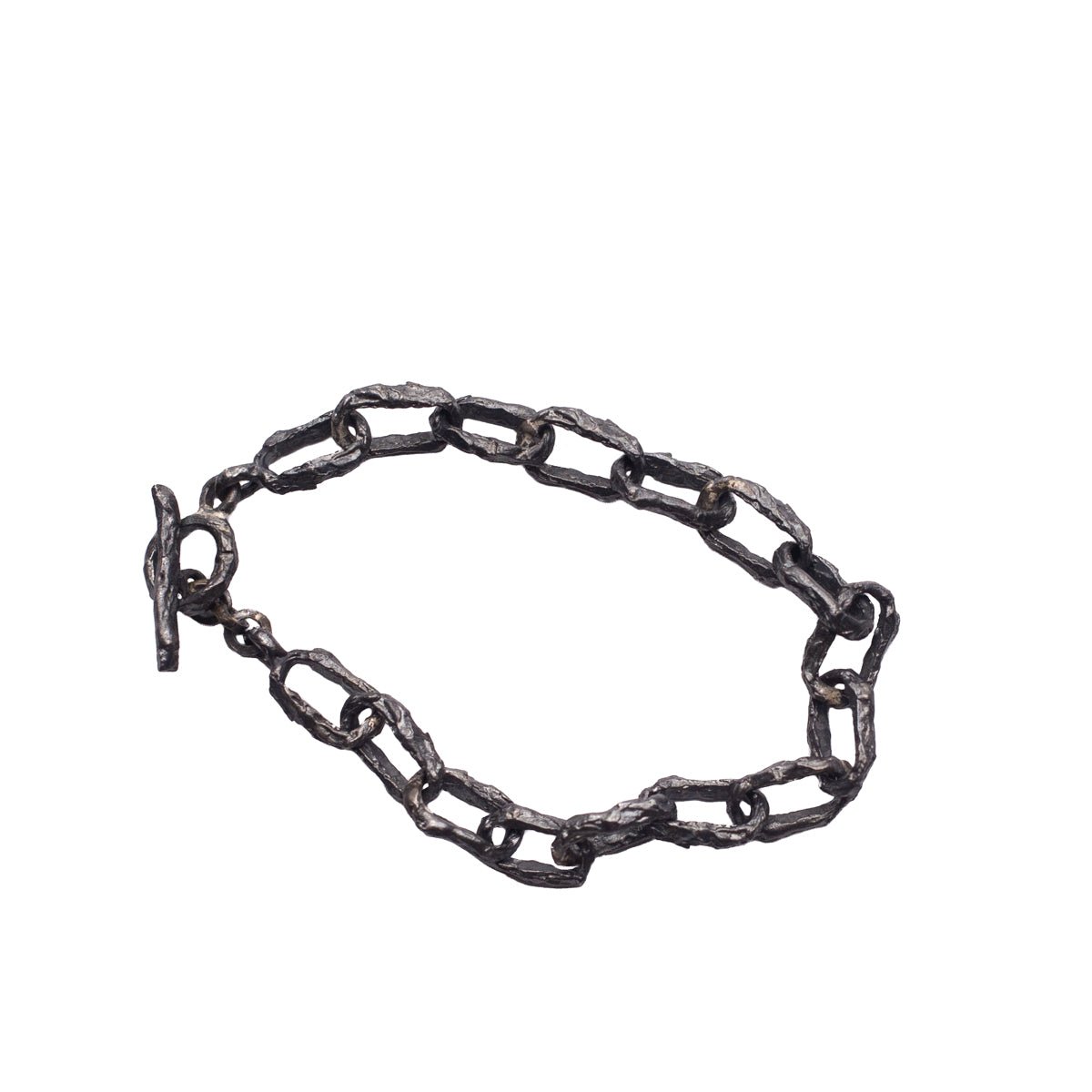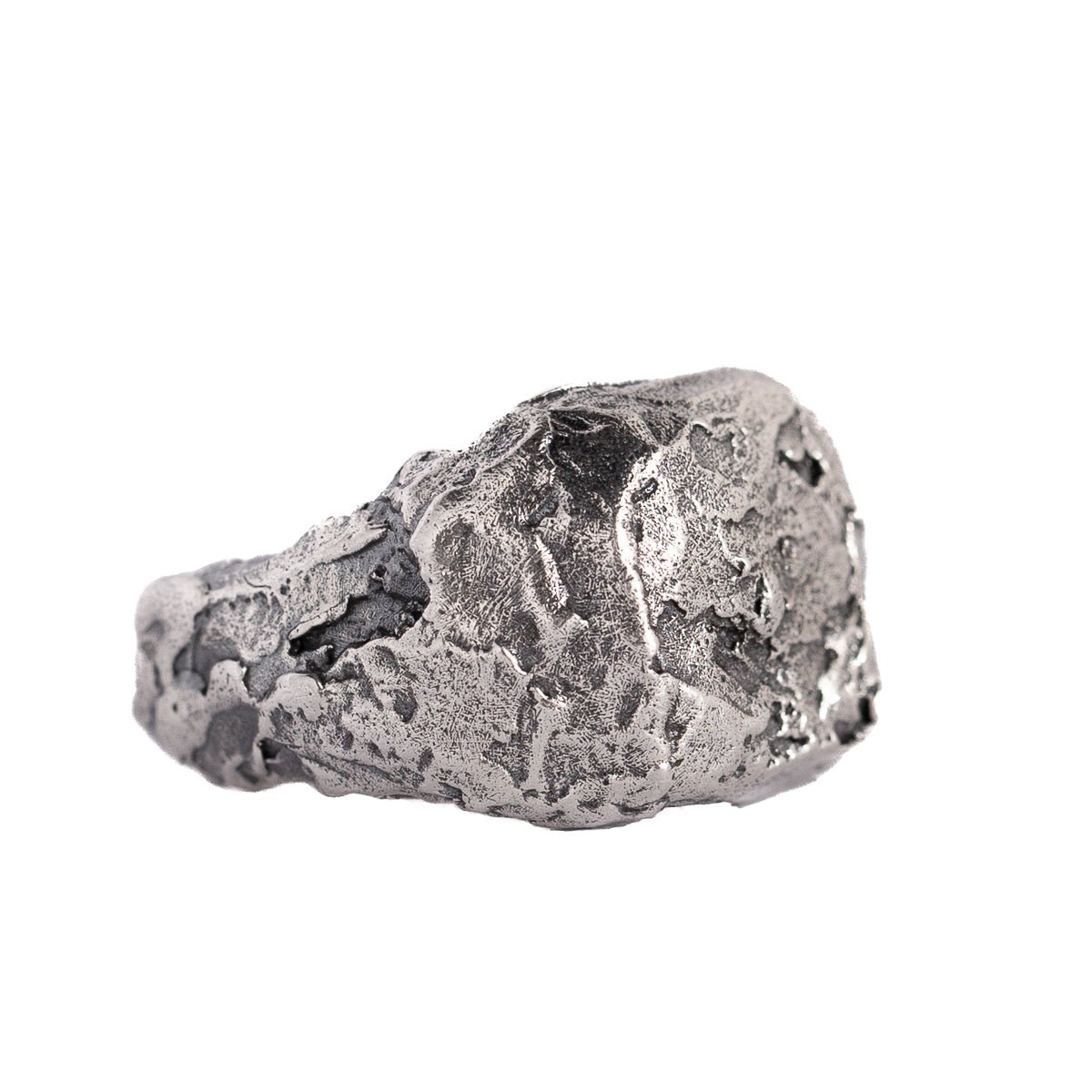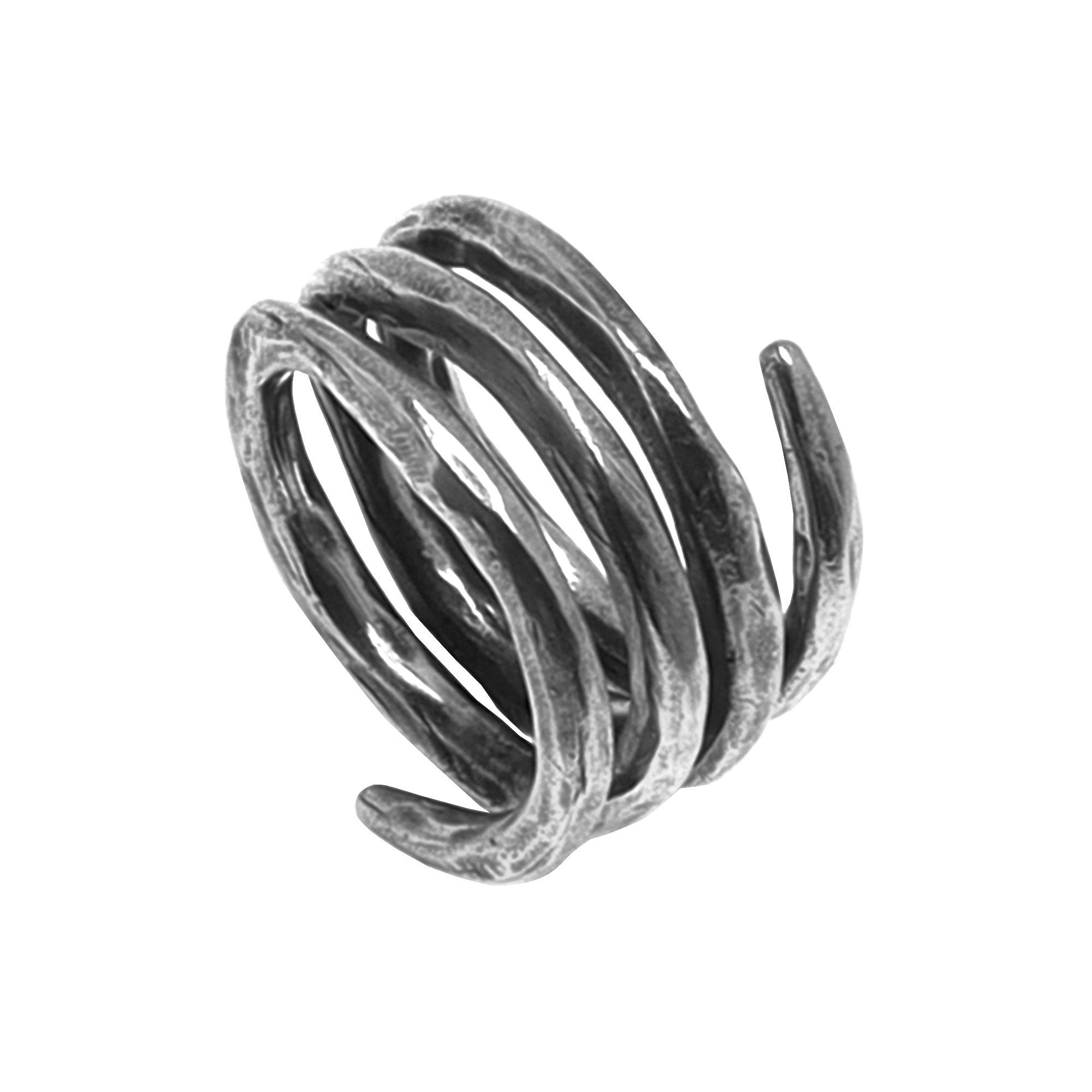by Jesús Zabala - 6 min read
Ancient Egyptian Jewelry History
The richness of the ancient Egyptian connection to jewelry was present both in life and death. Women and men in this ancient civilization had a deep connection to their jewelry pieces. Ancient Egyptian jewelry history is based on religious symbolism and motifs.
The meaning and connection ran so deep that they were buried with all their jewelry pieces even after death. Today's jewelry artisans often draw inspiration from ancient Egyptian designs.
This isn't surprising, as the artisanal craftsmanship of these ancient pieces is breathtaking. So, let's dive deeper into this ancient civilization that inspires us greatly!

The Ancient Egyptian Jewelry History
Importance of jewelry in ancient Egypt:
When we talk about the importance of jewelry in ancient cultures, we can see that it had significance in almost all of them.
But, while in other civilizations, jewelry was mainly worn by royalty and those of high social status, in Ancient Egypt, that was not the case. Jewelry adorned everyone, from the poorest in the society to the pharaohs.
The higher the person's social standing, the more intricate the jewelry pieces were. In Ancient Egypt, jewelry had an essential role in all aspects of a person's life, including:
- Personal adornment
- Social status
- Religious rituals
Jewelry's significance in Egyptian history is so immense that the earliest discovered piece dates back to before 4,500 BC.
Personal adornment
Among the main reasons for wearing jewelry was personal adornment. Ancient Egyptians were known for putting great emphasis on their physical appearances.
Jewelry held a strong significance in the lives of ancient Egyptians. It was very common for them to wear their pieces from an early age and be buried in them. People in ancient Egypt wore jewelry to show off their styles, with each artifact bearing a different story.
More affluent members of society and pharaohs wore more intricate pieces. Pharaohs wore jewelry pieces adorning their entire bodies.
Social status
Besides for personal adornment, jewelry also symbolized the wearer's social status. The higher the social status, the more precious the jewelry. The pharaohs and the nobles wore materials like gold, copper, and gemstones at the time. Pharaohs often bestowed jewelry as military honors. One example is excavated jewelry pieces from Nubia of pierced and oyster shells.
The shells were inscribed with King Senworset I's cartouche and were probably worn by soldiers in the Middle Kingdom. Another example of jewelry as a military reward is the "Golden Fly" pendants of the 18th dynasty.
Such three large gold flies were uncovered in the grave of Queen Aahhotep. She was a great warrior, and the golden flies proved her military prowess.
Religious rituals, symbolism, and belief systems
Most of the knowledge available today about ancient Egyptian jewelry is from the tombs of both royal and non-royal mummies. These archeological digs show that jewelry also played a vital role in religious rituals.
When used for religious rituals, jewelry was believed to provide power, protection, and guidance to the deceased through the afterlife. During funeral preparations, they would place amulets in specific places in the mummy wrappings.
The symbolic role of ancient Egyptian jewelry depends on the color and form. According to the belief system, different forms and colors corresponded to various gods.
Ancient Egyptian Jewelry Facts: Types of Jewelry
The ancient Egyptians wore various types of jewelry, including
- Necklaces
- Earrings
- Rings
- Bracelets
- Cuffs
Still, the most iconic jewelry associated with ancient Egypt is the wide-collar necklace.
This wide collar was crafted to stretch over the person wearing it from collarbone to breast. The design generally incorporated beaded rows shaped like animals or flowers.
Other popular and often worn include protective amulets, heart scarabs, and beaded necklaces.

Protective amulets
Egyptian amulets were protective jewelry that people could wear as independent pieces. The ancient Egyptians saw them as talismans protecting the wearer or bringing them good luck.
Egyptian artisans often carved protective amulets in various animal forms. Different animals represented the various gods in ancient Egyptian mythology. The followers of a specific god in ancient Egypt would wear jewelry bearing the symbol of that god.
Heart scarabs
Heart scarabs were among the most important amulets in ancient Egyptian funerary customs. Heart scarabs were generally oval or beetle-shaped.
They got their name because the amulets were placed over the deceased's heart before burial. The significance of this funerary practice was referenced in the Book of the Dead for the weighing of the heart in the afterlife.
The scarab amulets also represent rebirth and creation in ancient Egyptian history. These amulets were often worn as part of other jewelry.
Beaded necklaces
Beaded necklaces were popular ancient Egyptian jewelry. Their popularity was partly due to their accessibility. This meant even poorer members of society could afford them.
Beaded necklaces were made from clay, wood, minerals, and semi-precious stones. More affluent ancient Egyptians opted for more expensive materials. In contrast, poorer people used more affordable materials like clay.
What Was Ancient Egypt Jewelry Made Of
Ancient Egyptian jewelry materials include various metals, minerals, stones, etc. Ancient Egyptians developed various techniques that allowed artisans to use different materials.
The excavations of several jewelry workshops show us who made jewelry in ancient Egypt. The most extensive knowledge about the techniques and materials of these ancient artisans comes from tomb scenes.
Depending on their purpose and social standing, they wore jewelry made of various materials.
Gold and other metals
Gold is the most prevalent material in ancient Egyptian jewelry. Most often, gold was reserved for royalty and people with high social status. Other metals include copper and, in rare instances, silver.
Ancient Egyptian aristocrats and royal families wore gold jewelry. Also, gold adorned the sculptures of their gods. The pharaohs' headdresses, beads, and jewelry were sculpted from gold.

Wooden and ceramic beads
The ancient Egyptians used wood, ceramics, and priceless metals and stones to make beads for their:
- headdresses
- neckpieces
- bracelets
Egyptian faience combines clay with sand, limestone, soil, dirt, and water. With faience, they created glossy, hardened sculptures and animal figurines. In ancient Egypt, faience beads were highly sought-after.
Precious and semi-precious gemstones
Gemstones like carnelian, turquoise, and lapis lazuli were the standard for royal jewelry. Following in the footsteps of the jewelry masters, a turquoise stone is often featured across our jewelry pieces.
In the historical record of ancient Egypt, stones held immense importance. Lapis lazuli offered soothing, deep blue tones, and was incredibly popular in ancient Egypt.
Ancient Egyptians made extensive use of the vivid brownish-red carnelian stone. Wearing carnelians was once thought to protect the wearer from 'the evil eye'.
Techniques Used: How Was Ancient Egyptian Jewelry Made?
Cartouches
A cartouche, an oval enclosing hieroglyphs, was a collection of symbols arranged as a name or title on rings. These pieces of jewelry were used to name Pharaohs.
The cartouche technique was popular in ancient Egypt. This was due to the belief that once someone's name is written, they are never really dead.
These rings made with the cartouche technique were an early example of signet rings, with Pharaohs using them to seal important documents.
Today, signet rings are still incredibly popular. This is why we always feature new designs in our collections.
Hieroglyphics
Hieroglyphs are prevalent in the design of uncovered ancient Egyptian jewelry. Hieroglyphic writing often conveyed significant information regarding the jewelry's period and owner.

Deities and iconography
Every pharaoh wore headdresses, amulets, rings, and pendants with the deities they revered. Ancient Egyptian jewelry pieces often feature their gods: Horus, Set, Ra, the goddess Isis, etc.
Popular household deities for amulets were Bes and Taweret. The deity Bes was a protector of households, particularly mothers, children, and childbirth.
Taweret was a bipedal hippopotamus and the protective goddess of childbirth and fertility. Today, we still incorporate animal motifs in jewelry designs for spiritual or artistic reasons.
Conclusion
Ancient Egypt is one of the richest civilizations, both culturally and artistically. Ancient Egyptian jewelry history is so diverse and vibrant. Ancient Egyptians were serious about their jewelry and used it for adornment and spiritualism.
